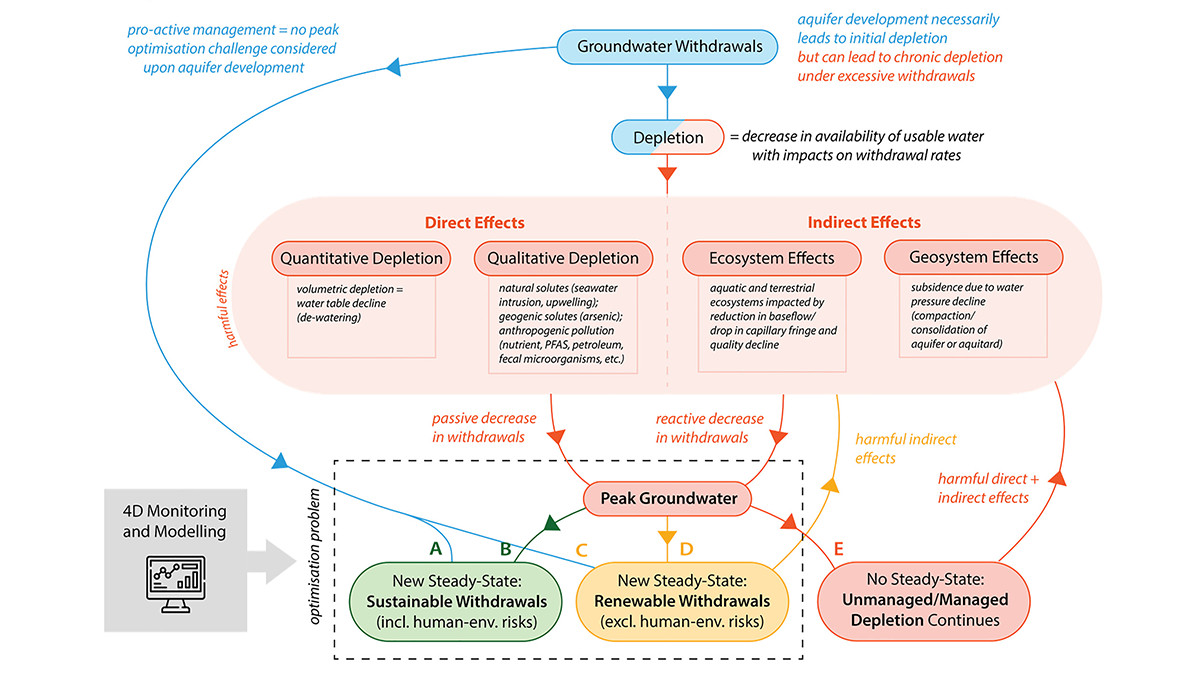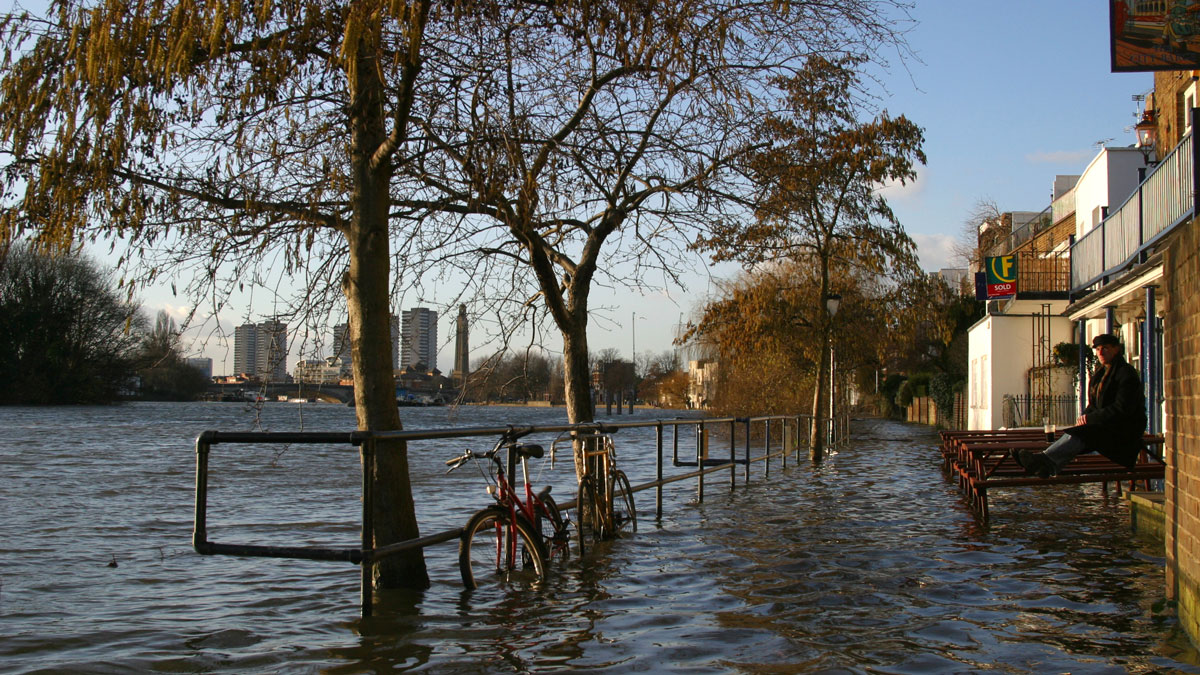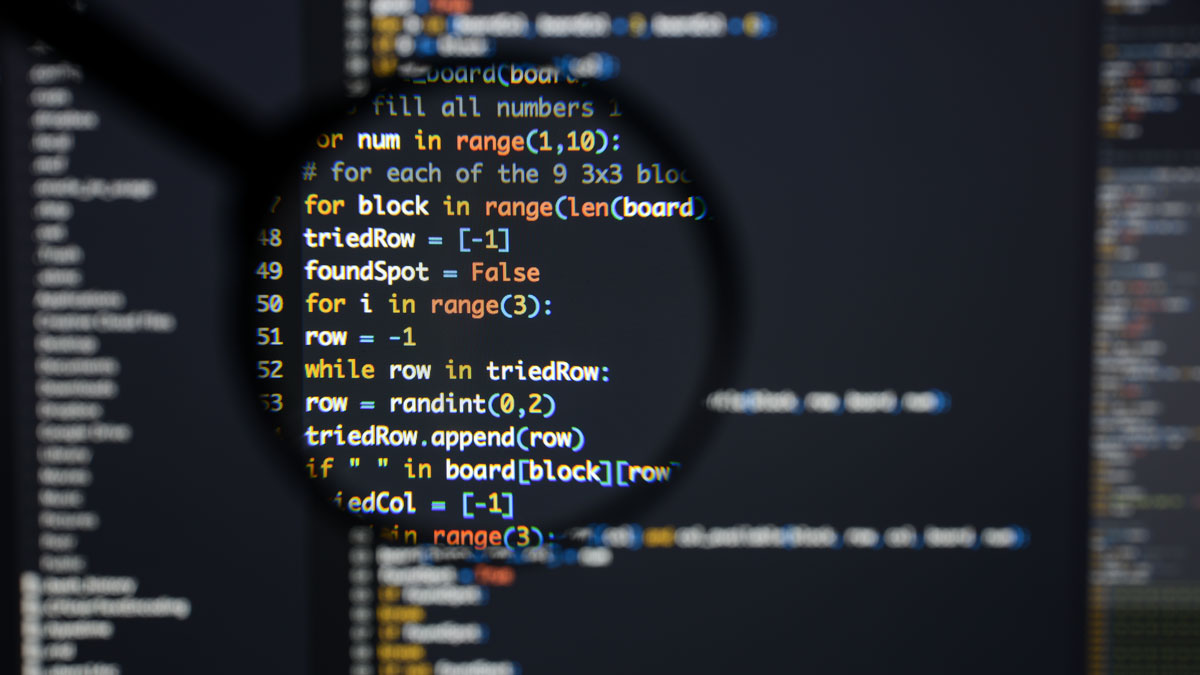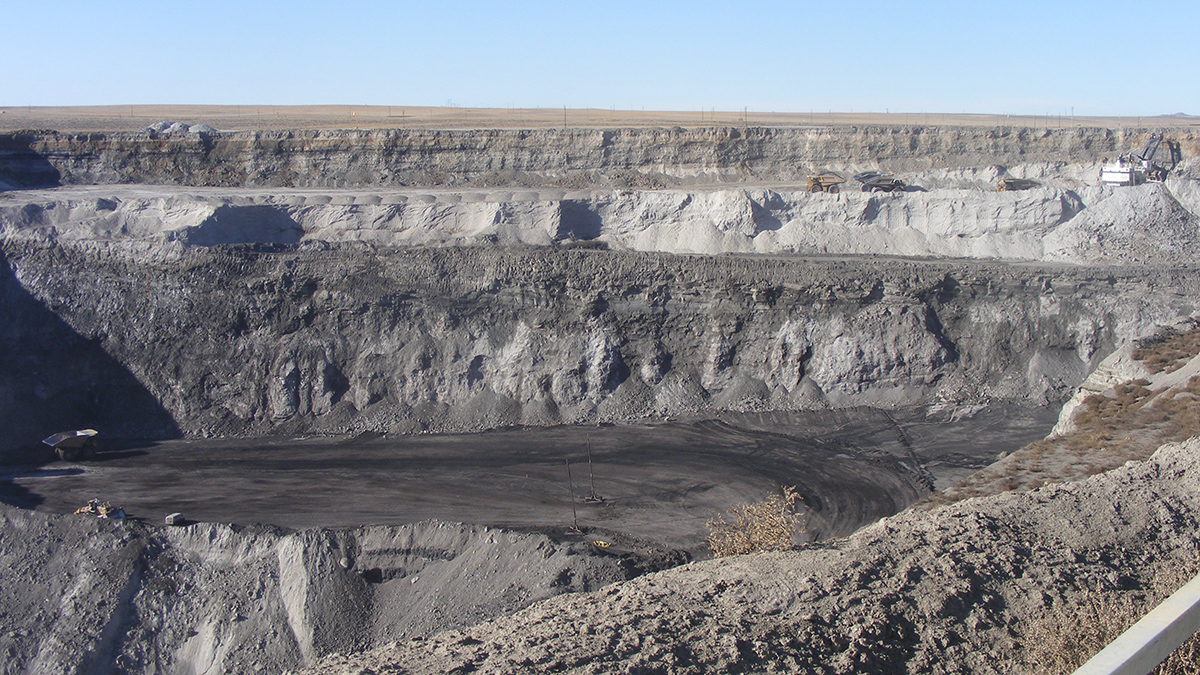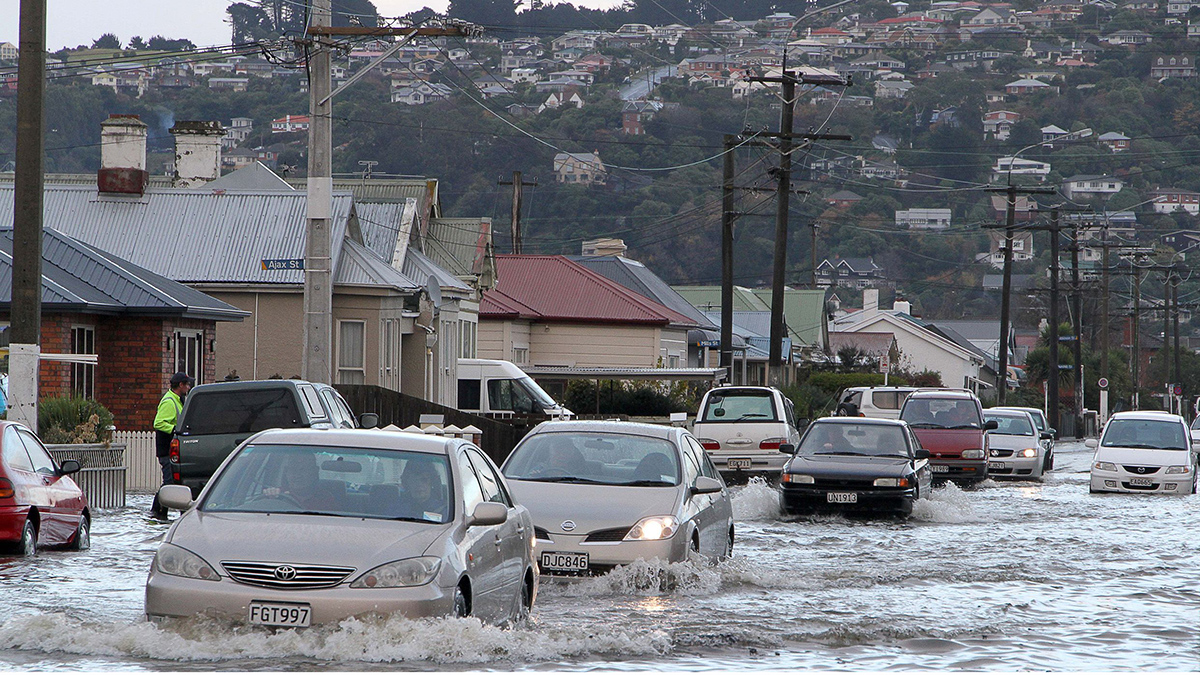A new review shows how rising demand, shrinking supplies, and policy decisions together shape when groundwater use peaks and what can be done to avoid long-term depletion.
Earth’s Future
A New Way for Coastal Planners to Explore the Costs of Rising Seas
A framework featuring a range of plausible future sea level rise scenarios could help coastal planners prepare critical infrastructure for the worst-case scenario.
When Is a Climate Model “Good Enough”?
Models will always have bugs. How do scientists decide which ones are most important and how many is too many?
By 2051, Emissions from Coal Mining on Federal Lands Could Drop by 86%
Researchers predict that if early 2024 policies hold, emissions related to coal’s extraction, transportation, and combustion will drop over the next 25 years.
Coastal Models Quantify How Natural Islands Respond to Sea Level Rise
Coastal models enhance understanding of future flooding frequency on atoll islands, paving the way to explore the limits of adaptation in the face of rising sea levels and climate change.
“Thirstwaves” Are Growing More Common Across the United States
Like heat waves, these periods of high atmospheric demand for water can damage crops and ecosystems and increase pressure on water resources. New research shows they’re becoming more severe.
Forecasting the Future of Southern Ocean Ecosystems
A new ensemble of marine ecosystem models aims to improve understanding of how climate change will affect the waters surrounding Antarctica.
Flooding from Below: The Unseen Risks of Sea Level Rise
Researchers demonstrate a method for assessing how rising seas could raise groundwater levels, potentially transmitting flood hazards far inland.
¿Cómo podrían las estrategias de intervención climática solar afectar a la agricultura?
Los métodos de geoingeniería, como la inyección de aerosoles estratosféricos, prometen limitar el calentamiento, pero entre los muchos riesgos y preocupaciones potenciales, sus repercusiones en la agricultura permanecen en gran medida inexploradas.

